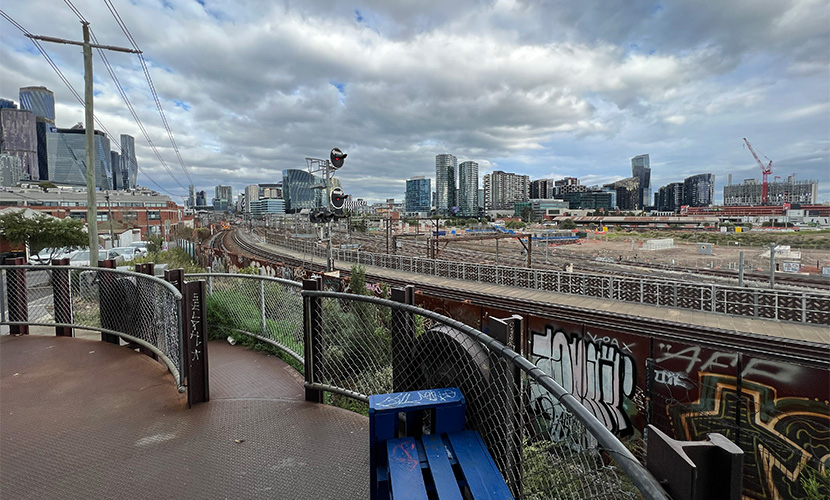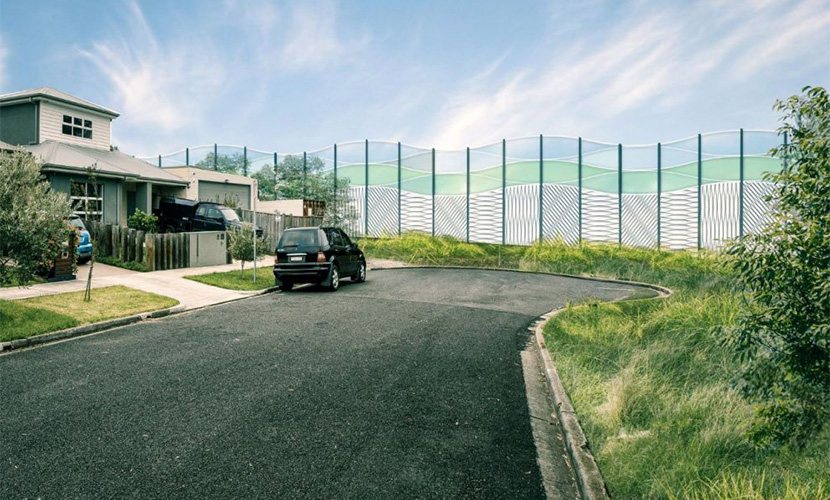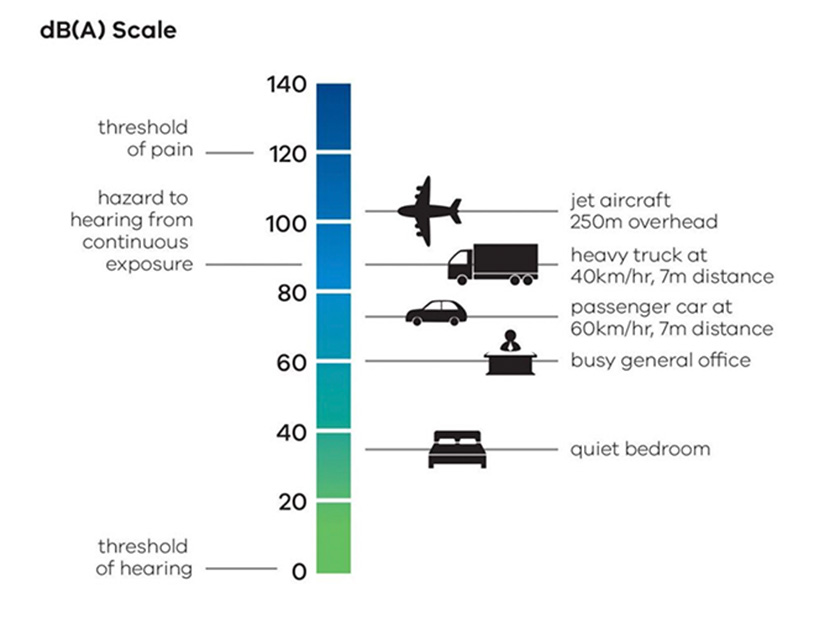Residents step up campaign to have traffic noise reduced from West Gate Tunnel
The Department of Transport (DoT) is reviewing growing concerns raised by residents in relation to traffic impacts from the West Gate Tunnel Project (WGTP) as it opened the door to “mitigation measures”.
The DoT’s response comes as West Melbourne residents have long feared that without buffers to limit noise or air pollution on the Wurundjeri Way extension (WWE), their quality of life would be disrupted.
Under the plans, the Docklands arterial road Wurundjeri Way would be extended north through the proposed E-Gate development, a 20-hectare state-owned site that is earmarked to become a new suburb, with green space, for more than 10,000 residents. According to the DoT, community and City of Melbourne feedback has been acted upon with the extension being lowered to reduce the impact on residents.
It said the WGTP’s 63-decibel noise limit applied to the new Wurundjeri Way extension with detailed noise modelling showing “this can be achieved without requiring noise walls”.
“This detailed noise modelling is based on future traffic volumes on the Wurundjeri Way extension,” the DoT said, but added, “in the unlikely event that the noise levels are not achieved, mitigation measures will be implemented.”
The Department confirmed it was reviewing further concerns and “will keep the community informed” after it met with community members to discuss existing rail noise impacts and potential changes from the WGTP.
However, at its May general meeting, the North and West Melbourne Association (NWMA), which is lobbying for noise barriers on the extension, heard from a resident who “found it hard to comprehend” how the extra volume of traffic would be managed once the WGTP was completed.
According to the meeting’s minutes, the DoT had predicted an extra 9500 vehicles per day, “but this figure is for traffic between the morning and evening peak periods, so the volume will actually be more like 10,000”.
The meeting also questioned what “strategies would be taken to address traffic streaming off the five arteries” of the West Gate Tunnel including Dynon Rd, Dudley St, Queensberry St, and Arden St and the WWE.
The NWMA therefore resolved to write to the DoT “regarding the traffic situation in North and West Melbourne after the West Gate Tunnel is opened”.
Moreover, it discussed the suitability of the $100 million Transport and Amenity Program (TAP) in funding “traffic mitigation” in relation to the impacts of the WGTP.
The TAP has been described as a suite of streetscape improvement projects that will “help to alleviate and leverage some of the effects and benefits of the West Gate Tunnel Project”.
It is co-funded by the DoT and the council in a matched funding arrangement with up to a maximum of $100 million over the next four years, but there have been calls from the community that the TAP budget should be geared towards the WWE in the “interest of residents”.
Resident Phillip Symonds, whose Railway Place home would run parallel to a section of the West Gate Tunnel, said he was concerned about traffic noise impacting West Melbourne amenity.
“It’s going to give you noise, pollution, and trucks onto the freeway,” he told North West City News.
“If we sat on the rooftop that’s going to have a direct line of sight over the top of the sound wall [along the railway] down to the road.”
“The problem is they keep sticking to the old VicRoads sound barrier system which only protects noise level to the first floor.”
WGTP acting CEO Peter Lellyett said traffic changes would be monitored following the construction of the project and traffic management implemented if needed in consultation with the City of Melbourne.
“The extension of Wurundjeri Way over Dudley St will create a city bypass, reducing the amount of traffic using Spencer and King streets, making it quieter and easier to get around,” he said.
The DoT said its integrated Inner West Transport Program was seeking to identify ways to mitigate traffic impacts on inner west communities when the West Gate Tunnel opens.
It included the Millers Rd and Williamstown Rd corridor study, the Hobsons Bay Transport Planning Study, and the TAP across North Melbourne, West Melbourne, and Docklands.
It followed the WWE having undergone an “extensive assessment” as part of planning and environmental approvals for the WGTP, which is being built by tolling giant Transurban and the state government.
Under the plans, the project would support cycling and walking around the area with first-time cyclists having a direct route from Werribee to the city.
Caption 1: An example of a potential noise barrier being promised to a Le Fevre St in Spotswood as part of the project, which according to the WGTP, currently experiences “up to 70 decibels” - above the 63 decibel noise limit.
Caption 2: The current outlook from homes on Railway Place across the West Melbourne railyard and the WGTP’s under-construction Wurundjeri Way Extension, which the DoT says will comply with its 63-decibel noise level limit. Below: a decibel scale from the WGTP’s website.

The Movement Refinery: 20 years and still going strong









 Download the Latest Edition
Download the Latest Edition